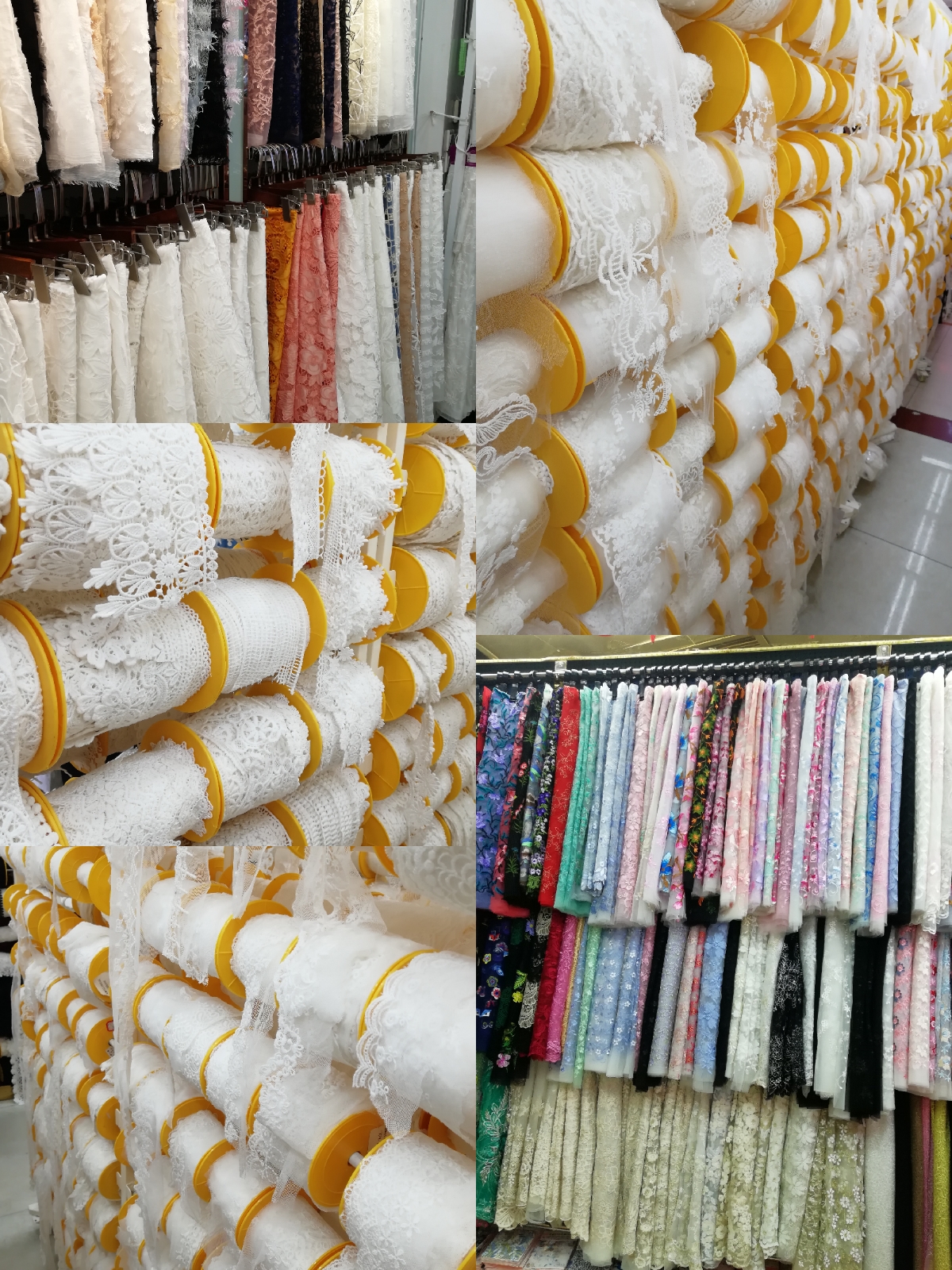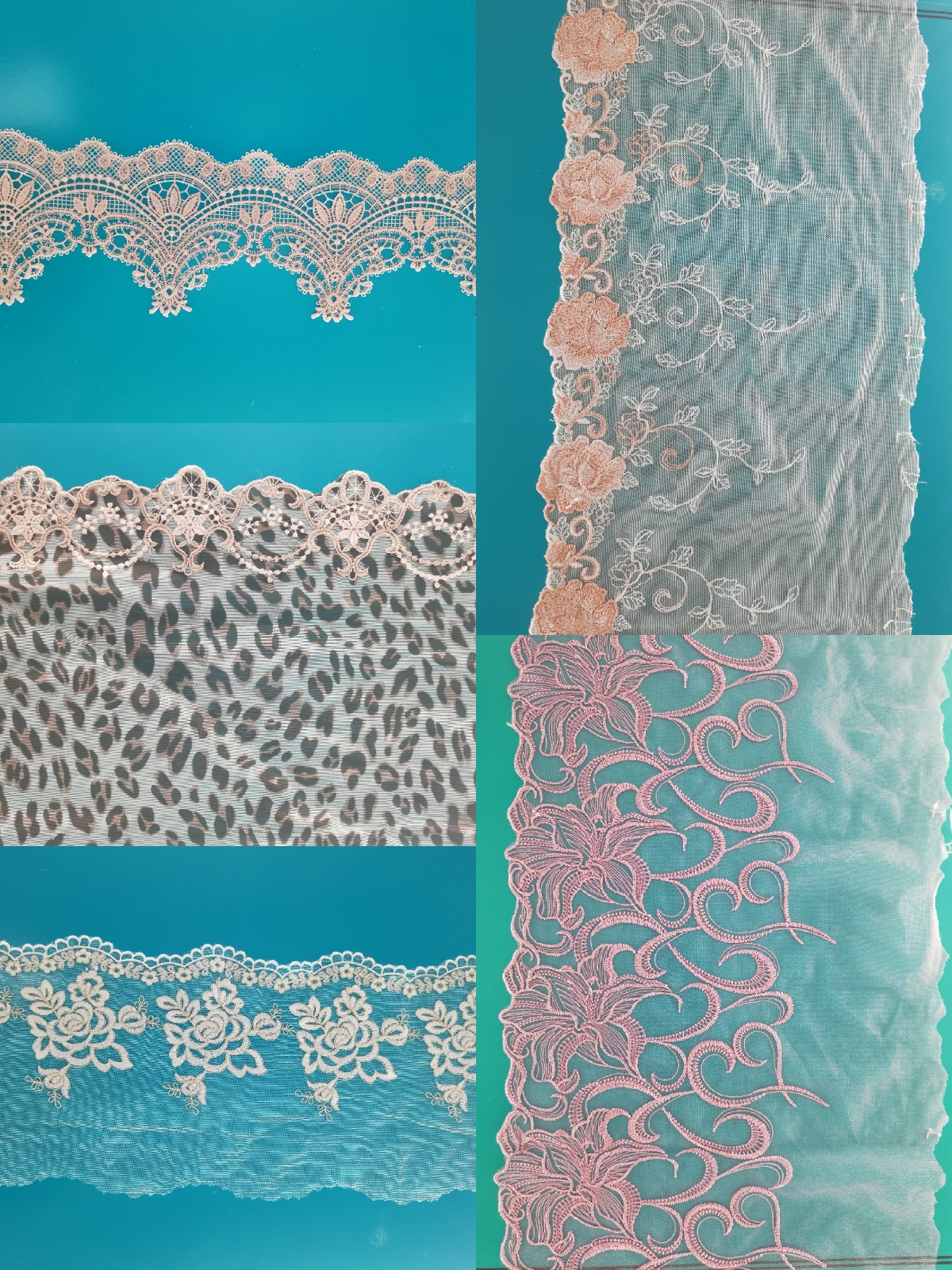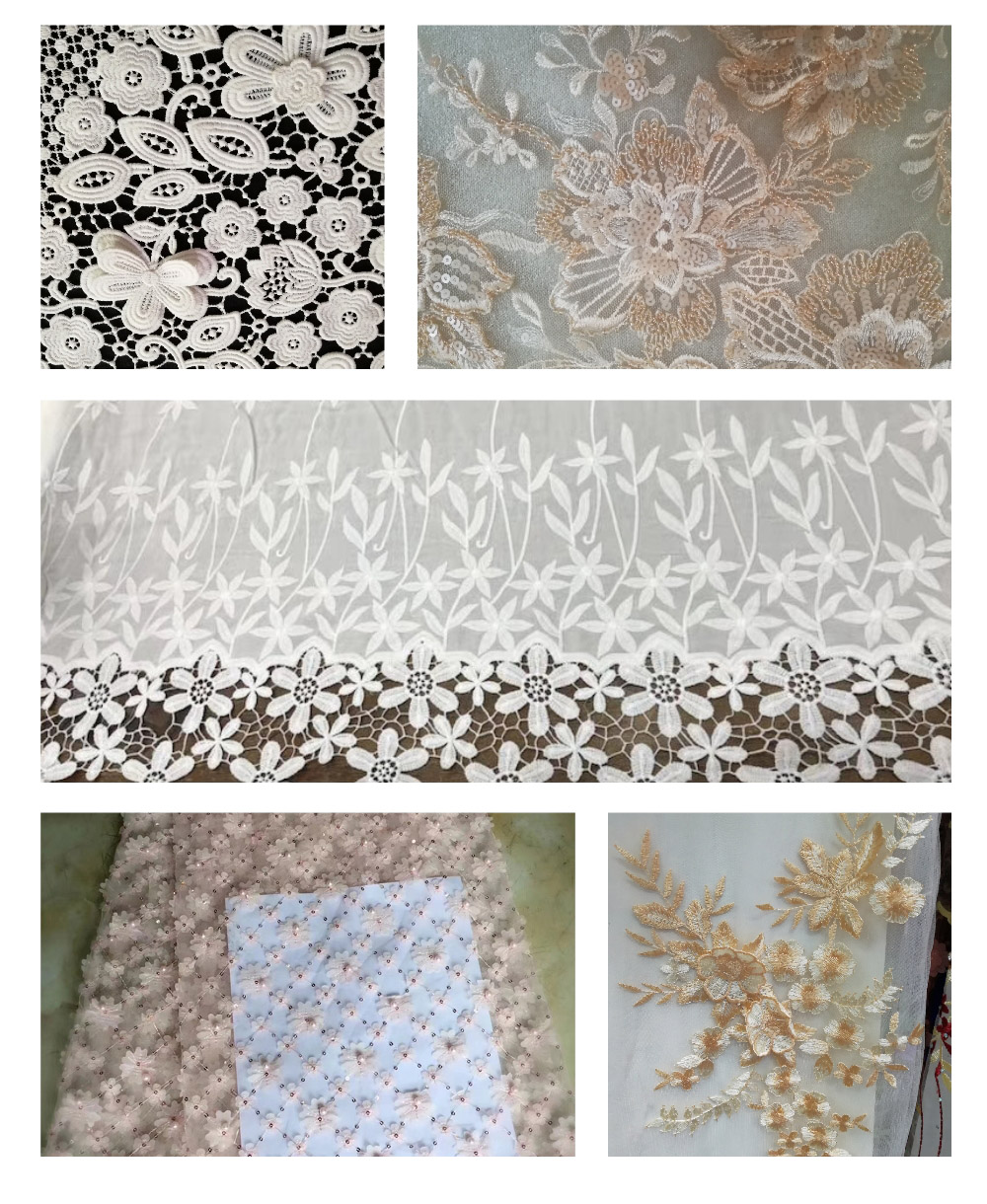The setting of the tool life alarm value requires consideration of many factors. A reasonably set alarm value can guarantee the normal operation of the production line equipment and reduce the downtime caused by the tool change.
In the machining process, there are many technical means to control the production operation process. Among them, the tool life alarm value is a support tool for the tool during normal use. The setting of the alarm value is reasonable and may affect the entire production process. The normal operation. Therefore, we should fully understand and master the role and setting rules of the tool life alarm value.
The role of alarm value data
The alarm value of the tool life is prompted by the quantified value and the visualized "dark flashing yellow light" to remind the production line operator that the tool has entered the alarm value range. In the complex production process, the operator cannot remember the number of actually machined parts of the currently used tool. When the limit of tool life is reached, the machine automatically shuts down. At this time, reminding the operator to change tools often has many disadvantages, such as: The operator was not able to get the knives that can be changed in time; the quality of several workpieces that have been finally processed has changed significantly. Therefore, the tool life alarm value has the following aspects:
1. Remind the operator that the tool has entered the working range of the exchange request
As shown in Fig. 1, when the remaining number of 14003 tools used reaches 136, the alarm value display function set in the machine will work, allowing the operator to know this information. This process is based on the visual change of the dark light of the equipment to indicate that the service life of the existing tool has reached the range where the tool needs to be replaced (Fig. 2 indicates the dark light), and the second is the 14003 tool information line in Fig. 3. The background color will turn yellow.


Figure 3 Tool life value determined
In actual production, because the size of the alarm value of each tool is different, sometimes two or three tools are in the alarm range. At this time, the operator needs to switch the operation panel to the tool list interface from a single tool. The "yellow line" prompts you to know the tool information that has reached the alarm value. As shown in Figure 3, the 14006 and 14014 tools reach the status of alarm value display at the same time.
2. Make the operator know if the spare tool next to the production line is in place
After the operator of the production line finds out the alarm prompt, he should immediately know the information of the tool that needs to be changed according to the information displayed on the operation panel, and then check if there is a spare tool next to the production line. If not, the team leader should be notified immediately, and the team leader will contact the tool management personnel to be missing. The tool is sent to the production line to reduce downtime due to missing tools.
3, increase the frequency of inspection to understand the processing status of the tool
When the service life of the tool approaches the alarm value, the risk of processing quality problems increases. At this time, the alarm value prompts the operator to increase the frequency of visual inspection during tool cutting to avoid the risk of quality caused by uncertainties.
Alarm value data unit
The information of the tool alarm value has a variety of display interface forms on the device. Figure 1 shows a common form of tool information.
The data shown in the figure is derived from the perspective of the tool alarm value. The attention of the production line operator should be the number of tool life (6800), the number of tools remaining (4833), and the tool life alarm. The value (136). The service life alarm value of the tool in the cutting process has its quantified value unit: the remaining machining time of the tool setting life; the number of remaining machining parts of the tool setting life.
1, the processing time as a unit
In theory, the tool life is the total cutting time (in min) before the tool wear reaches the specified standard. According to this definition, the tool life alarm value should be in the unit of processing time that the tool can complete, as shown in Table 1. The recommended value for the tool life and tool life alarm value setting for the equipment supplier GROB in the pre-acceptance of the V6 cylinder head production line equipment. In the actual production, this kind of recommendation value based on the processing time unit has the application inconvenience: The control system must perform a conversion of the single tool processing time and the alarm value set time to obtain the remaining processing of the tool. Number of parts. Therefore, this set value of tool life in terms of time is applicable to small batches or special single-piece cutting operations, because the setting of the service life value of the cutting tool in this case is only to prompt the operator to replace Tool.
2, the number of parts processed as a unit
In the cutting process of automotive powertrain components, it is intuitive for operators to know the tool usage in terms of the number of machined components. Table 2 shows the equipment supplier GROB's V6 head cover production line OP10. The tool life alarm value and unit in the ~OP40 process are converted from time to time into another expression based on the number of processed parts. This approach not only brings convenience to the production line operators, but also helps Quantitative units in units of units achieve unity.
Alarm value data setting
Table 1 and Table 2 list the reference data for setting the tool life alarm value. However, in the actual production process, the setting of this value needs to follow certain rules, mainly from the following aspects: range:


1. Quantitative percentage of tool life
Tool life is an empirical value based on the machine supplier's recommendations and the actual application in the production process. In actual production, when the tool is closer to the set value of the service life, the problem is more likely to occur. Therefore, in actual production, when the service life of the tool reaches a fixed percentage of the set value, the tool needs to be replaced. The exchange tool phenomenon that occurs when this almost reaches the set life limit is the number of processing parts that should be emphasized before adjusting the tool, that is, the frequency of visual inspection and measurement of the part that reinforces the remaining percentage of the cutting tool. The emergence of this risk phenomenon can be solved in two ways: Reassessment of tool life; control by selecting 2% of tool life for the alarm value.
2, tool management support time
There are usually three sets of tools on the machining line of a motor vehicle powertrain: one set in the machine tool, one set beside the production line, and one set in the tool management office. In actual production, due to certain reasons, it is easy to damage one set of tools. At this time, only two sets of tool are left in circulation. In addition, the tool management personnel often fails to take back and correct the old tools, and the production line may stop. phenomenon. Therefore, when setting the alarm value of the tool, the emergency support time of the tool management should be taken into account, that is, the three steps of knife return, tool adjustment, and delivery of the tool, so as to avoid affecting the potential risk of production. As shown in Fig. 3, the service life of No. 12 tool (14014) is set to 300. If the alarm value is set according to the service life of 2%, it can be set to 6 pieces. Through the analysis of the three steps of knife-receiving, tool-adjusting and knife-feeding, the tool management support time is about 3600s, and the production line processing cycle is 165s/piece. Therefore, the tool's alarm value starts from the prompting operator and realizes normal. Change the knife, its alarm value should be set as: 3600s ÷ 165s / piece ≈ 22 pieces.
3, the tool material and processing characteristics
During the actual use of the tool, the tool material used is different due to the different machining objects, so the stability of the tool is also not the same. For example, tools that process aluminum alloy materials often have stable tool life values ​​compared to those that process ferrous materials. When processing the same material, the tool life alarm value is set when interrupted and continuous cutting are encountered. The percentage should ensure that interrupted cutting is higher than continuous cutting. The machining characteristics of this different tool determine that the set value of the alarm value is higher than 2% of the general tool life.
4, inclusive
The alarm value of the tool life is set on the premise that all the relevant conditions are satisfied. Most of the alarm values ​​in Figure 2 are 2% of the set life, but there are also alarm values ​​greater than 2%. These alarm values ​​greater than 2% are set by other methods. For example, the 14014 tool, which has only 6 alarm values ​​according to the 2% service life, is set according to the tool adjustment and delivery time. The alarm value of the tool is 22 pieces. That is, the alarm value of the tool should be set to the maximum value set by various selection criteria.
Conclusion
The setting of the tool life alarm value is based on a certain method and method. The reasonable setting can achieve a more ideal state, ensure the processing quality of parts and increase the operating rate of the equipment. Therefore, the tool life is set reasonably. The alarm value is also a need for daily production operations.
Production Name:
high quality chemical lace trim for garment etc
Width:
Any size available
Material:
100%Polyester&100% cotton,high quality lace
Color:
any color, or can be customer color swatch, or pantom color No.
MOQ:
1000yards
Usage:
women's wear (like garments, skirt,dresses and so on),children's wear,bags,shoes,hometextile and so on
Remarks:
customer design, customer color is ok for us
Delivery Time:
15~30days after confirmed deposit
Packing:
15yds/piece,200piece/ctn, or as customer's request
Advantages:
1.Can be customer design
2.Fast delivery
3.Own dyeing factory, fast lab-dips making,easy for color control.
4.Over 10 skilled designer, more than3sets shuttle machines and over 30sets of
multi head machines,more than 20 skilled worker, Professional saless teams.
5.10sets of sample machines, fast reaction for customer sample requirements.
6.We have the ability to design, custom made and instant pattern making, etc.
MORD DESIGNS:


Relation production:

Applications:

Chemical Lace Trimming,White Lace Fabric,Chemical Lace Fabric,Garment Lace Fabric
DONGGUAN SHITAI ACCESSORY TEXTILES CO.,LTD , https://www.stsewingcraft.com
![<?echo $_SERVER['SERVER_NAME'];?>](/template/twentyseventeen/skin/images/header.jpg)